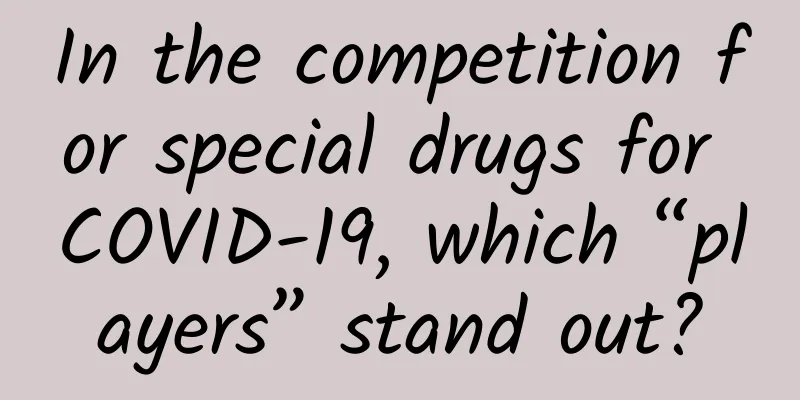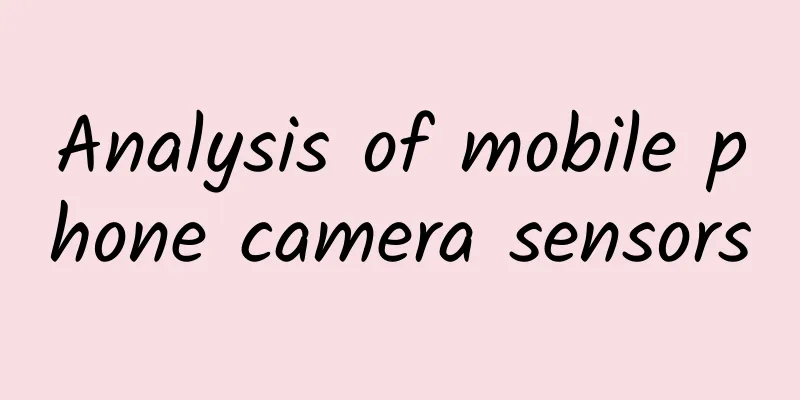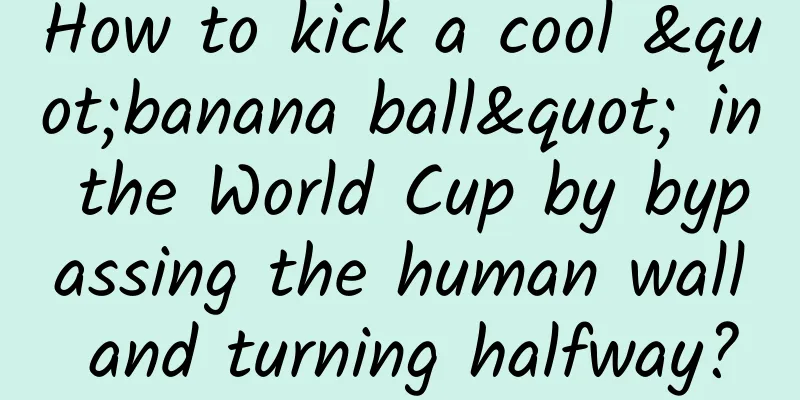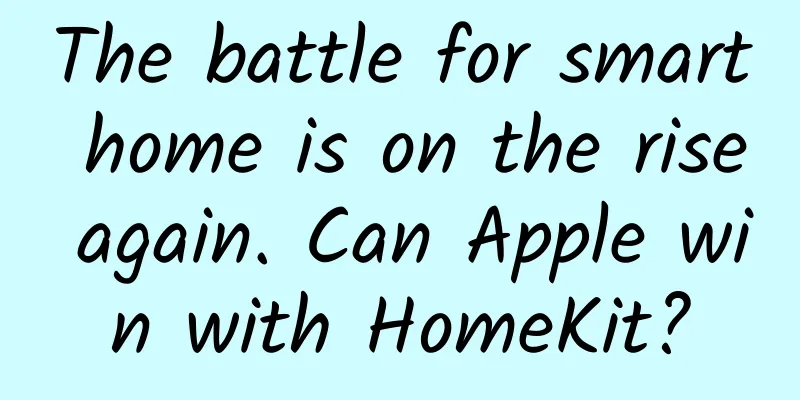In the competition for special drugs for COVID-19, which “players” stand out?

|
The new coronavirus pandemic is not over yet. In addition to vaccines that effectively prevent viral infections, scientists have been working hard for "miracle drugs" that can treat the virus. On July 20, 2020, the world's first COVID-19 neutralizing antibody was approved for marketing On November 4, 2021, the world's first oral COVID-19 drug was approved for marketing. On December 8, 2021, China's first domestically produced COVID-19 neutralizing antibody combination therapy drug was approved for marketing. On February 11, 2022, China's first oral COVID-19 drug was approved for marketing. Neutralizing antibodies and oral drugs are both called "special drugs". What are the differences between them? Which ones have "stand out"? Today, we will answer these questions. There are two main technical routes for the development of new coronavirus drugs worldwide The first is biological macromolecule drugs mainly based on antibodies, such as China's first domestically produced neutralizing antibody combination therapeutic drugs, ambavir monoclonal antibody injection and romidesvir monoclonal antibody injection. The structure of the new coronavirus is very simple, which is a protein shell wrapping the genetic material RNA. Structure diagram of the new coronavirus The spike protein on the surface of the virus is like a "claw" that "grabs" a receptor called ACE2 on the surface of human cells to enter human cells and achieve viral replication. Antibodies that can recognize and bind to specific "claws" on the surface of the virus and prevent the virus from binding to human cells are what we have heard of as "neutralizing antibodies." The second is small molecule oral drugs, including Merck's Molnupiravir and Pfizer's Paxlovid. If neutralizing antibody drugs are used to prevent viruses from entering cells, then small molecule oral drugs are used to disrupt the virus's replication plan. After a virus successfully invades a cell, its protein shell will dissolve and release the genetic material RNA. Then, RNA will try every means to replicate the virus, and the army of viruses will continue to infect other healthy cells. In order to inhibit viral replication, small molecule oral drugs came into being. The replication process of the new coronavirus in human cells In fact, it is not easy to find a safe and effective anti-new coronavirus drug suitable for human use. The birth of a drug usually needs to go through preclinical research in the laboratory (in vitro cell experiments, animal experiments) → Phase I-III clinical research in the human population → new drug approval and listing → re-approval after listing. This is a relatively time-consuming and large project. In the new crown drug development track, these "players" stand out According to incomplete statistics from NetEase Health, there are more than 10 small molecule oral drugs for COVID-19 in the world, including Pfizer's Paxlovid and Merck's Molnupiravir, which are in the key stage of clinical research (Phase III clinical trials), and three of them have been authorized for emergency use by the US FDA. It is worth noting that on February 11, 2022, Paxlovid became the first oral COVID-19 drug approved for marketing in China. On March 3, 2022, Molnupiravir was included in the COVID-19 treatment guidelines by the World Health Organization for use by non-severe COVID-19 patients with the highest risk of hospitalization. The domestic small molecule oral drug for COVID-19 that has made rapid progress is Junshi Bio's VV116, which was granted emergency use authorization in Uzbekistan on December 31, 2021. Currently, VV116 is being simultaneously clinically studied in China. There are 6 new crown neutralizing antibody drugs on the market worldwide. Among them, sotrovimab, casirizumab + idenumab, etesvir + barnivir have been approved for emergency use in the United States. Among domestic companies, ambavir + romisvir (neutralizing antibody combination therapy drug) independently developed by Fosun Pharma/Shenzhen Third People's Hospital/Tsinghua University has been approved for marketing, achieving a breakthrough in the domestic new crown special medicine. Which is better, neutralizing antibody drug or oral medication? Neutralizing antibody drugs: good safety, limited production capacity Neutralizing antibody drugs can reduce viral load, alleviate symptoms, and reduce hospitalization rates, and they are safe. Clinical trial data of China's first neutralizing antibody combination therapy (ambavir monoclonal antibody injection and romisvir monoclonal antibody injection) showed that neutralizing antibody drugs can reduce the hospitalization rate and mortality rate of high-risk outpatients with new coronary pneumonia by 80%, and their main role is treatment. At the same time, antibodies can remain in the human body for 9 to 12 months, and they also have a certain effect on preventing infection. However, the disadvantages of neutralizing antibody drugs are also obvious. Most of them are administered by injection, which is not convenient for non-hospitalized patients with mild symptoms. For example, the neutralizing antibody combination therapy of Fosun Pharma is administered by intravenous injection, and the injection time is about 1 hour. Furthermore, neutralizing antibody drugs have problems such as high cost, difficulty in dealing with virus mutations, and the need for cold chain transportation. They may be ineffective against certain mutant strains and are difficult to be widely used for early prevention and control. Oral medication: convenient to use, high R&D cost New drug development is like a "big gamble", facing many uncertainties such as long cycle, high cost, high risk, etc. The saying "it takes ten years and costs one billion US dollars" is widely circulated in the new drug development industry. Although the R&D cost is high, small molecule oral drugs are easy to mass produce. Compared with neutralizing antibodies, small molecule oral drugs are more convenient to use. Oral drugs are packaged in bottles at room temperature, which is suitable for daily use scenarios. For example, Paxlovid treatment requires three tablets to be taken orally, namely two tablets of namatevir and one tablet of ritonavir, twice a day for 5 days, and cannot be used continuously for more than 5 days. Furthermore, small molecule oral drugs have diverse mechanisms of action and can inhibit and block the replication and spread of viruses in multiple links. Of course, small molecule oral drugs also have disadvantages. Many small molecule drugs are effective in inhibiting viruses in in vitro tests, but their efficacy in in vivo clinical trials is not ideal. There is also the issue of safety. Oral medications are not used in hospitals like intravenous injections. For example, Molnupiravir is used for patients with mild to moderate symptoms in home isolation. There is a lack of supervision from medical staff, and if serious side effects occur, they may not be able to be sent to the hospital in time. There is another obvious difference between neutralizing antibody drugs and small molecule oral drugs - price. Since neutralizing antibody drugs have a large demand for protein, not only is the production capacity limited, but the price is also rising. According to the purchase price of the US government, Pfizer's small molecule oral drug Paxlovid costs $530 per course of treatment, while Eli Lilly's neutralizing antibody combination therapy is priced at $2,100, a difference of nearly four times. Overall, neutralizing antibody drugs and small molecule oral drugs each have their own advantages and disadvantages. Some people may ask, can these special medicines replace vaccination? The answer is: No. Medicines are important, but they are not the only answer. New crown special medicines and new crown vaccines are "double insurance" and cannot replace each other. |
<<: What are the “lumps of flesh” on sanitary napkins?
>>: Why is Jiuquan the only place for manned space launches? | Science Museum
Recommend
It has become a consensus among manufacturers to compete on technology and appearance and make TV thinner
With the advancement of science and technology ye...
Jian Qi's "32 Simple Financial Management Lessons" helps you make money from money
Jian Qi's "32 Minimalist Financial Manag...
Big money sponsors are all producing their own original content. Has the era of “enterprise as media” arrived?
On February 6 this year, Starbucks launched a spe...
AMD self-made water-cooled "host" dismantling: the graphics card turns out to be it
During the E3 exhibition, AMD announced its own &...
Analysis of the most effective Taobao promotion methods for Taobao operations
Many sellers currently have a problem, that is, t...
"Healthy through eating" series | Be careful! Eating like this can easily cause your stomach to fail
...
Following BYD, Tesla is entering the auto insurance business again. Can electric car insurance premiums drop significantly as a result?
Tesla's main business is automobiles, energy ...
Electric Technology Car News: In addition to the Civic Type R, what other small hot hatches are there at the Geneva Motor Show?
In addition to the popular Civic TYPE R productio...
La Niña may reappear. Will floods in my country increase in summer?
(Photo courtesy of TUCHONG Creative) The El Niño ...
Ten thousand words analysis: How to explore user growth strategies?
A comprehensive business research and intelligenc...
How to improve homepage conversion rate? This is what Meituan, JD.com, and Ctrip do
While I was working on this article, heavy snow w...
Annual server rental bandwidth cost for short videos
In the era of selling goods by all, short videos ...
The most comprehensive guide to event operations from entry to advanced!
Let’s start today’s official content! 1. Activity...
What is the background data of the most popular application in WeChat?
People often use the phrase "becoming famous...









